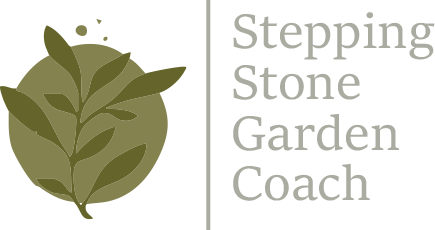Even in the heat, composting can be easy, odor-free, and surprisingly rewarding
If you’ve been putting off composting because it seems too complicated—or too smelly—summer is actually a great time to start, especially in Florida. Warm temperatures and regular rainfall jump-start the microbial activity that breaks down your scraps into rich, garden-ready compost.
Whether you’re working with a backyard, a balcony, or just a sunny corner of your yard, you can build a simple compost system that supports your soil, reduces your waste, and smells a whole lot better than you think.
Why Compost in Summer?
Heat speeds everything up. Your pile will break down faster in warm weather—sometimes in as little as 4–6 weeks if you tend it regularly.
Summer garden clean-up = free ingredients. Deadheading, weeding, and pruning all give you great “greens” for your pile.
It’s the perfect prep for fall planting. Start now and you’ll have finished compost by the time you’re ready to seed your fall garden beds.
Compost Basics: The Simple Formula
A healthy compost pile needs a balance of:
Greens (Nitrogen-rich): kitchen scraps, green weeds, grass clippings, coffee grounds
Browns (Carbon-rich): dry leaves, cardboard, shredded paper, sawdust
Rule of thumb: Aim for 2 parts browns to 1 part greens to keep your compost balanced and reduce odors.
What You’ll Need to Start
A compost bin (store-bought, homemade, or just a loose pile)
A pitchfork or shovel for turning
Access to air, water, and sun
Optional: a kitchen scrap bucket with a tight lid to store scraps until you’re ready to take them out
Step-by-Step: How to Build Your Summer Compost Pile
-
Pick a Spot
Choose a semi-shaded area if possible—it helps prevent your pile from drying out too quickly. -
Start Layering
Begin with a layer of browns on the bottom (sticks, leaves, or cardboard). Then alternate greens and browns as you add to the pile. -
Keep It Moist (Not Wet)
Your pile should feel like a wrung-out sponge. If it gets too dry, sprinkle it with the hose. If it gets too wet from rain, add more browns. -
Turn Weekly
Use a shovel or pitchfork to mix your pile once a week. This adds oxygen and speeds decomposition. -
Watch for Signs of Balance
If your pile smells bad, add more browns. If it’s not breaking down, add more greens or give it a turn.
Common Composting Myths (Busted)
“It’ll attract pests.”
Not if you skip meat, dairy, and oils—and keep it covered or enclosed.
“It’ll smell awful.”
A healthy compost pile smells earthy, not rotten. Odors mean it’s off-balance, and that’s easy to fix.
“It’s too hard to get right.”
Nature knows what it’s doing. Your job is to offer the right mix and step back.
What to Do With Finished Compost
Once your compost looks dark and crumbly and smells like soil, it’s ready to use!
Sprinkle it:
Into raised beds
Around fruit trees
In potted plants
As a gentle top-dress for herbs and veggies
Want Help Starting Your Compost System?
I offer backyard compost consultations, DIY bin recommendations, and hands-on help with setup and troubleshooting.
Contact me here to book your compost coaching session and start building better soil from the ground up.
Happy composting,
🌿 Larissa
Stepping Stone Garden Coach

